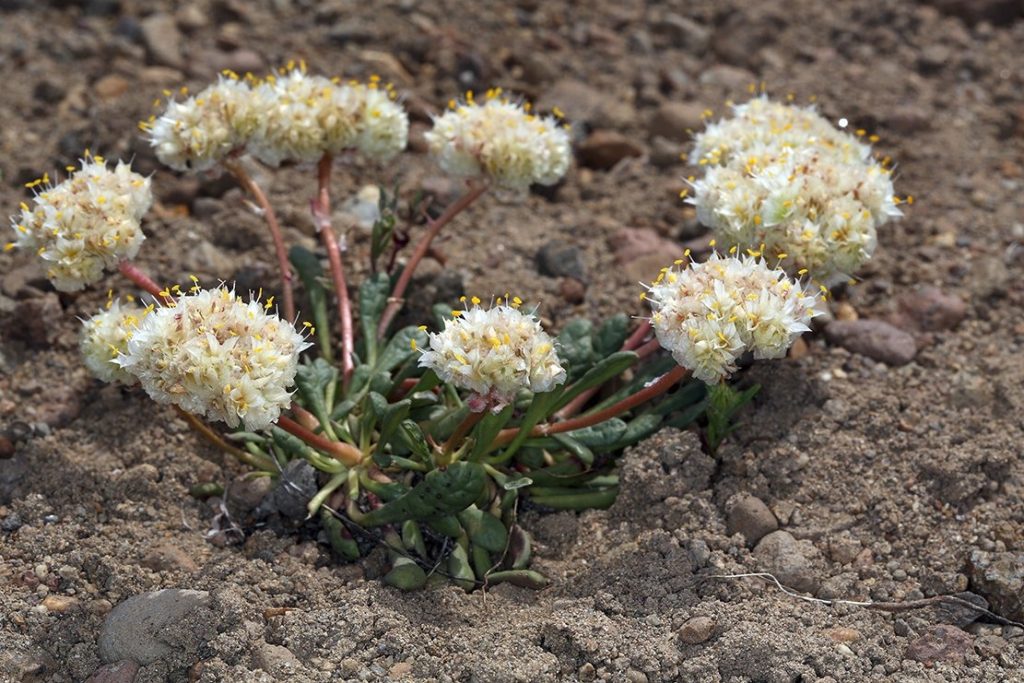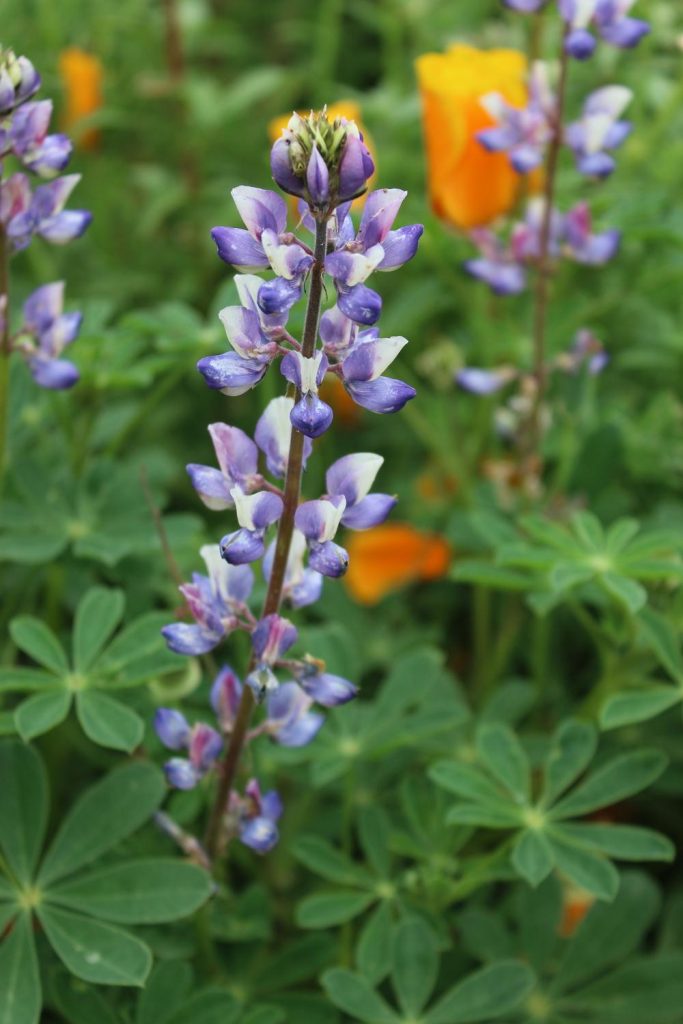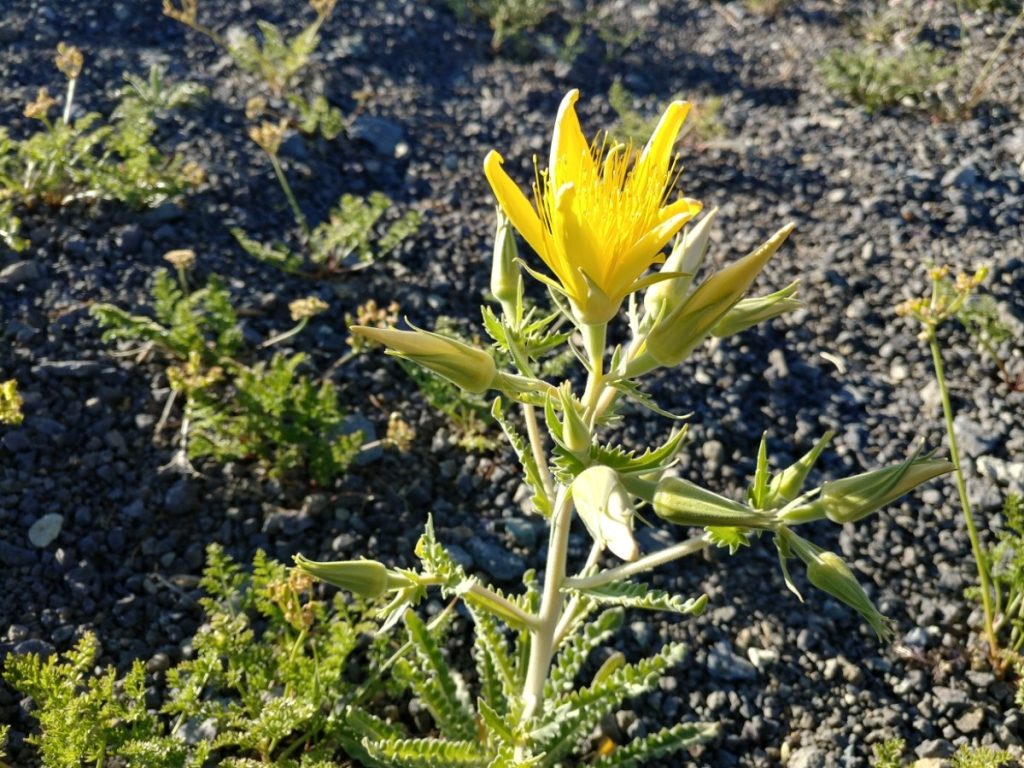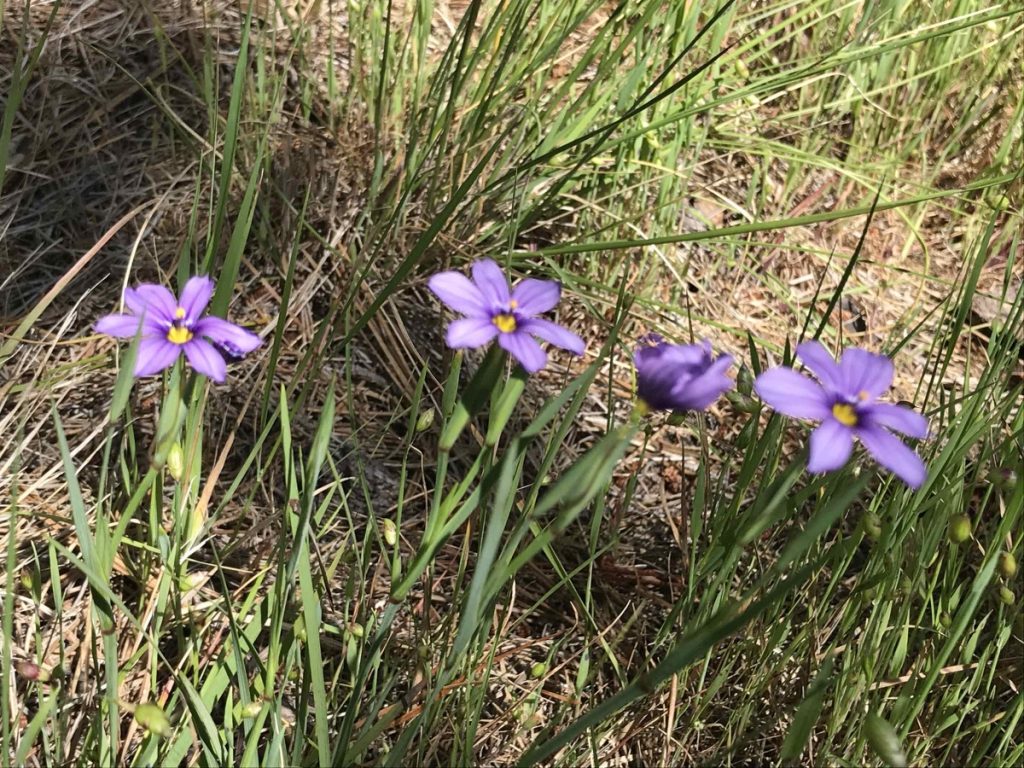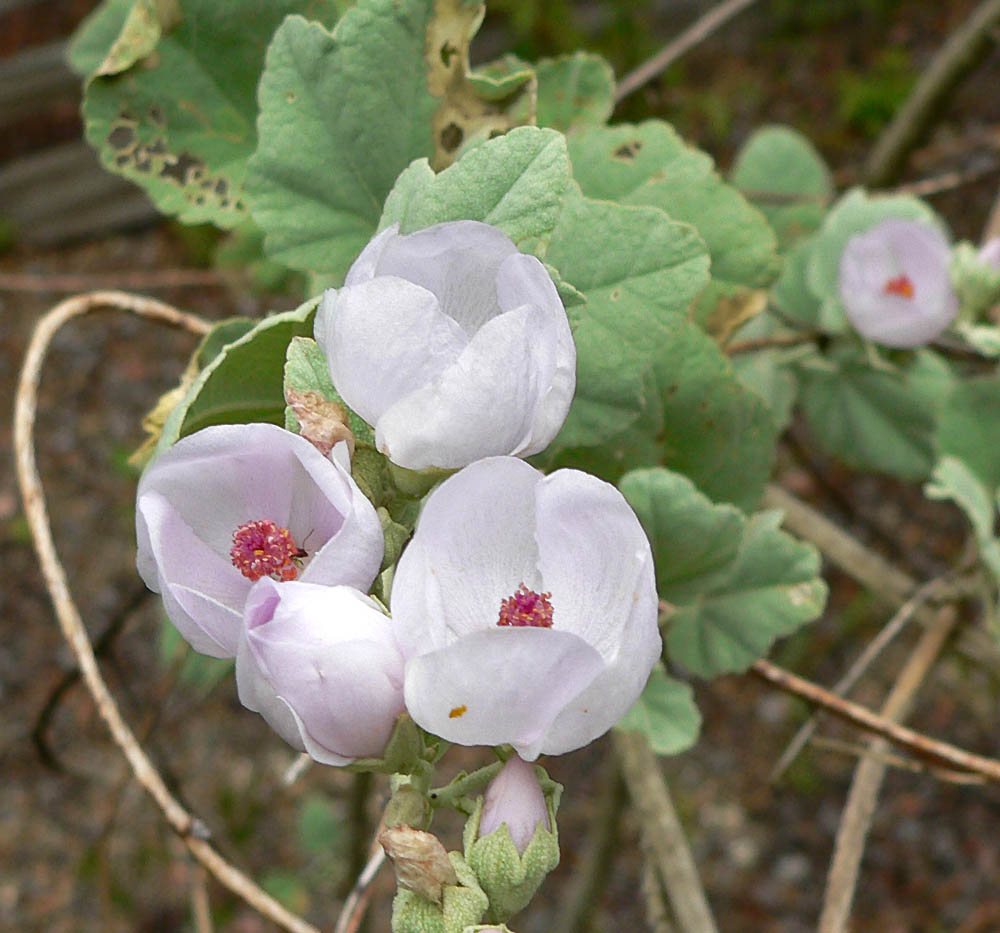Watch the Jepson Herbarium YouTube Videos
View the Jepson key to the family

The orchid family has the following characteristics:
Habit: Perennial herb, terrestrial and sometimes epiphythic, mycoheterotrophic (nutrition from association of roots with fungi) or autotrophic (conducting photosynthesis), generally from rhizomes or tubers with few to many fleshy to slender roots; cauline leaves sometimes reduced to sheathing stem bracts.
Leaf: 1–many, basal to cauline, linear to +- round, alternate to opposite (if only 1 pair), generally sessile.
Inflorescence: flowers 1–many, spike or raceme, bracted.
Flowers: Bilaterally symmetrical, typically with three petals and three sepals. One of the petals, called the labellum or lip, is highly modified and often larger or differently shaped and colored. The reproductive structures are fused into a column, which contains both the male (stamens) and female (pistil) parts. The flowers of many orchids undergo resupination, where the flower twists 180 degrees during development so that the labellum is positioned at the bottom.
Pollinia: The pollen is usually packed into waxy masses called pollinia, which are transferred as a single unit during pollination.
Fruit: capsule. Seed: Orchid seeds are very small and lack endosperm, relying on a symbiotic relationship with mycorrhizal fungi to supply nutrients necessary for germination and early growth.
Genera In Family: One of the largest plant families, with over 25,000 species and more than 100,000 hybrids and cultivars. +- 800 genera are found especially in the tropics (although worldwide except Antarctica). Many genera, such as Cattleya, Cymbidium, Epidendrum, Oncidium, and Paphiopedilum, are cultivated for ornamental purposes. Fruits of Vanilla planifolia are used to flavor food.




